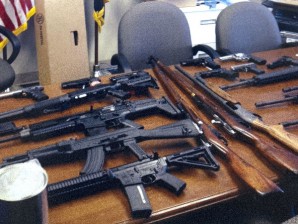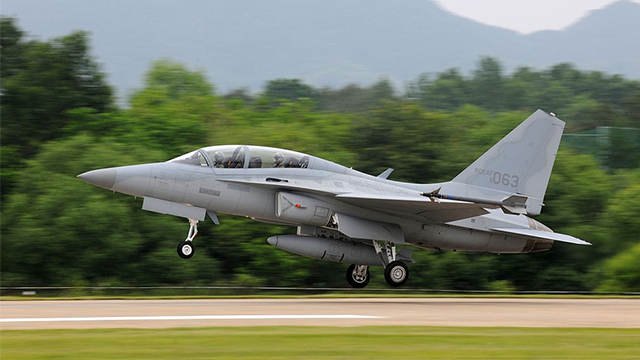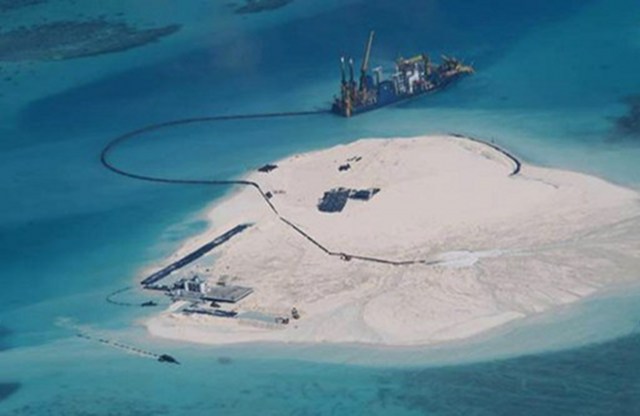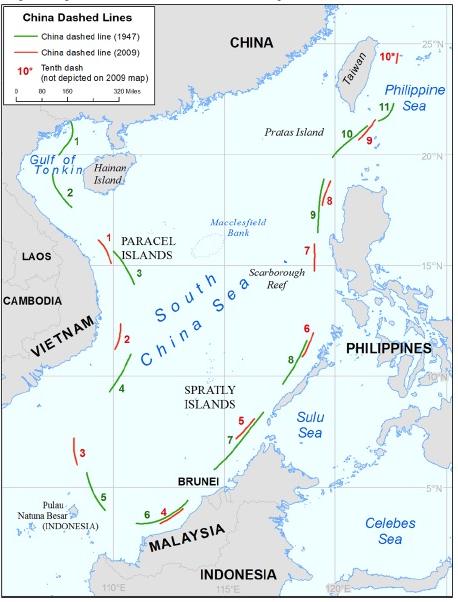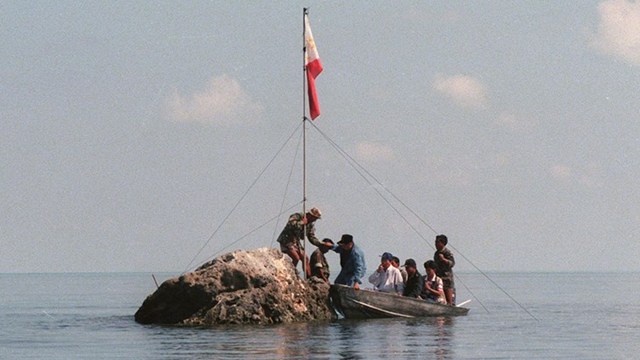From the Philippine Star (Dec 13): Arrested RTMI bus bomers, an Al-Khobar member
One of the suspects in Tuesday’s bus bombing in Maramag, Bukidnon is a member of the Al-Khobar extortion group, local officials and military sources said Saturday.
Ten passengers were killed while more than 20 others were injured in the bombing of a Rural Tours Mindanao, Inc. (RTMI) bus, the firm’s second in a span of just six weeks.
Bombing suspect Macmod Manibpil hails from M'lang town, which is near the 220,000-hectare Liguasan Delta, a known haven of extortionists and kidnappers.
Television reports on Friday showed authorities pointing to Manibpil as one of the suspects in the latest bombing the RTMI bus.
Manibpil was one of four guerilla ordnance experts that a group of heavily-armed Moro rebels rescued from the North Cotabato provincial jail in Kidapawan City on Feb. 2, 2007.
The gunmen also sprung Datu Ali Sultan from the detention facility. The detainee was said to have undergone a training on the fabrication of home-made bombs in Kandahar in Afghanistan in the 1990s, and his two cohorts named Guido and Mundos.
More than 40 other inmates bolted from the cells during the daring attack at the provincial jail.
Manibpil, Sultan, Guido and Mundos were detained at the provincial jail in connection with their alleged involvement in bombings of buses and commercial establishments in Central Mindanao’s adjoining North Cotabato, Sultan Kudarat and Maguindanao provinces.
M'lang Mayor Joselito Piñol refuted insinuations that Manibpil is a constituent a reported by television and other media outfits.
Senior Inspector Jiselle Lou Longakit, spokesperson of the Bukidnon provincial police, said Manibpil was also involved in the bombing of a bus in North Cotabato’s Kabacan town in 2006.
Longakit said Manibpil is a member of the Bangsamoro Islamic Freedom Fighters (BIFF), a group of rogue rebels led by radical, foreign-trained clerics.
Army and police intelligence sources in Central Mindanao, however, said Manibpil belonged to the Al-Khobar extortion gang, which had been blamed for a spate of bombings in the region between 2003 and 2010.
The Bukidnon provincial police office said extortion could be the likely angle for Tuesday’s bus bombing in Maramag.
The RTMI management has confirmed having received demands for “protection money” from anonymous sources threatening to bomb its buses.
Piñol said Manibpil is a resident of Barangay Nuangan in Kidapawan City.
Security officials in Maguindanao and North Cotabato are convinced that a big extortion ring, not the BIFF, is behind the RTMI bus bombing.
BIFF spokesperson Abu Misry Mama denied their group's supposed involvement in the attack.
“Most of our men are facing various cases in different courts, mostly trumped up charges, so how can they go out of the towns where we operate? We have become the convenient `whipping boy’ for all atrocities that we didn’t even get involved with,” Misry said in Maguindanaon dialect.
Authorities in Bukidnon and Davao City announced on Thursday that a BIFF leader named Garnet Lintang and a certain Dawtin Gendang had also been criminally charged in connection with Tuesday’s bus bombing.
http://www.philstar.com/nation/2014/12/13/1402244/arrested-rtmi-bus-bomers-al-khobar-member
Forty (40) participants from the Bangsamoro Leadership and Management Institute (BLMI), Bangsamoro Development Agency (BDA), BTC, representatives of the Moro Islamic Liberation Front (MILF) and non-government organizations such as the United Youth for Peace and Development (UNYPAD), Mindanao Action for Peace and Development (MAPAD), Moro Women Development and Cultural Center (MWDECC) attended the said activity.
A Japanese expert on Human Resource Development (HRD) Mr Kazuhiro Okamoto, from IC Net Limited facilitated the seminar-workshop.
Prof. Alih Aiyub, the Project Coordinator for Institutional Organizational Building (IOB) of the CCDP-B opened the program and explained the background, purpose and objectives of the PCM before the participants.
He said that one of the main purposes of the activity is to capacitate the Bangsamoro people in preparation for the establishment the Bangsamoro Transition Authority (BTA).
“I know you are expert in your own, and this PCM training will help in strengthening whatever skills you have”, Prof. Aiyub stressed.
He added that PCM will help in planning good project implementation and on how to achieve desired results.
Mr Okamoto emphasized that the PCM was provided to the participants for them to design a plan for their own project.
The specific objectives of this seminar-workshop are to enable the participants to: 1) Analyze problems and objectives logically; 2) Understand the Project Design Matrix (PDM), the structure of project and 3) Acquire capacity to make their own project through workshops.
The participants were able to design five (5) projects during the culminating day of the program. Their identified projects were: Farmers Inputs, Anti-Drugs Campaign in Cotabato City, Education for Children, Flood Control in Cotabato City, and Livelihood Program for the Bangsamoro.
Mr Aliuddin Haron of the BDA thanked his co-participants for their active participations.
“This activity is very important because we were taught on how to develop our own project in our respective organizations,” Haron said.
The Chief Advisor of JICA-Cotabato Project Office, Mr Shinichi Masuda also extended his gratitude to the different organizations which joined the program.
He said, “PCM is applicable for small or big project and I hope you can use this in designing your project proposals.”
Prof. Norodin Salam, CCDP-B Project Manager closed the program.
“I am very impress with the performance of the participants. I observed that every participant was able to share his/her thoughts and views. Meaning you have now the capacity to develop your own project plan,” he said.
He said further that one will take six (6) months to learn PCM effectively.
“…But now you acquired them; the knowledge on PCM in just two days,” he said.
Prof. Salam recognized the contributions of Mr Okamoto in infusing the technology to the young Bangsamoro who are working for the development of Bangsamoro communities. He recognized the contributions of JICA for the realization of the activity.
The program according to the organizer is under the HRD component of the CCDP-B.
The CCDP-B has four components namely: HRD, Public Service Delivery and there are 20 infrastructures project which will be constructed in the conflict-affected areas in Mindanao. Other components are the IOB that will plan for strengthening of BTA, and the Bangsamoro Development Plan (BDP) by which some of its thematic areas are supported by the CCDP-B.
http://www.luwaran.com/index.php/welcome/item/1403-btc-jica-holds-project-cycle-management-seminar-workshops

